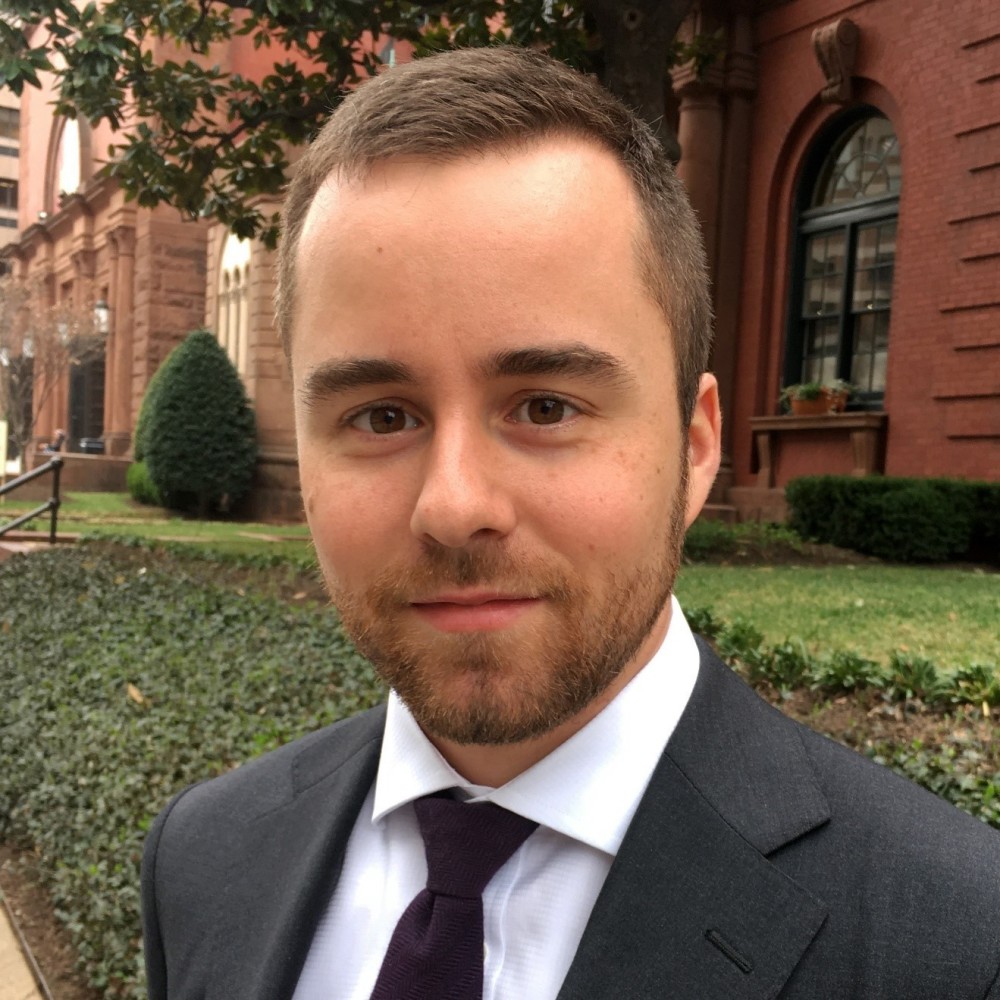Baltimore Region Transit Governance & Funding Study
Baltimore Region Transit Governance & Funding Study
What is the Baltimore Region Transit Governance & Funding Study?
The Maryland Department of Transportation Maryland Transit Administration (MDOT MTA) is one of the few state run transit systems in the country, and like most others, is facing funding challenges. The Baltimore Region Transit Governance & Funding Study will develop potential alternatives for the structure, organization, and funding of public transit in the Baltimore region including scenarios to enhance and balance local jurisdiction engagement and potential contributions to achieve regional and local public transit performance goals. These scenarios will be developed and considered in the context of public transit funding structures in the State of Maryland.
The study is being developed through a collaborative process between the Baltimore Regional Transportation Board (BRTB) members and regional stakeholders, and is supported by research and analysis.
The goal is to develop four (4) potential governance options that are based on an understanding of transit’s historical development in the region, are realistic about constraints, and creative in providing opportunities for change.
Why Was This Project Initiated and How Is It Funded?
Responding to State legislative interest and at the request of the Central Maryland Regional Transit Plan Commission and the MDOT MTA, the BRTB has initiated and funded it with planning funds identified in the Fiscal Year 2021 Unified Planning Work Program (UPWP).
Want to know more? Join us for our second virtual public forum on Tuesday, June 29 from 6 to 7 p.m. to learn about potential alternatives to govern and fund transit in the Baltimore region. Based on research and input from the BRTB, BMC, and other key stakeholders, project team members will present findings from the six month study. These include models for state and local involvement in transit decision making as well as options for expanded funding. The forum is designed so we can hear your thoughts on how these alternatives might benefit transit riders and how they might be implemented in the future.
Public Forum #1 (Tuesday, May 4, 2021, from 6 to 7:30 p.m.)
This event featured a panel discussion with transit professionals and experts from organizations from across the nation who discussed their experience and insight into the transit operations, funding and related issues as well as shared their knowledge on issues related to transit governance. The public forum provided attendees an opportunity to hear directly from national practitioners and transit peers to better understand how Baltimore can take lessons learned here and elsewhere to propose changes that better meet the region’s goals.
- Hear:
- an overview of the Baltimore Region Transit Governance and Funding Study;
- a brief history and explanation of how transit is governed/funded in the Baltimore region;
- a summary of the challenges and opportunities; and
- an overview of next steps.
- The Panelists:




Can't make it to the meeting? Take our brief survey below...
Baltimore Region Transit & Governance Study Forum Two
Baltimore Region Transit & Governance Study - Public Forum Two
June 29, 2021 6 - 7 p.m.
Join us for our second public forum to learn about potential alternatives to govern and fund transit in the Baltimore region. Based on research and input from the BRTB, BMC, and other key stakeholders, the project team members will present findings from this six month study. These include models for state and local involvement in transit decision making as well as options for expanded funding. The forum is designed so we can hear your thoughts on how these alternatives might benefit transit riders and how they might be implemented in the future.
What you'll learn about:
An overview of the Baltimore Region Transit Governance and Funding Study;
Draft alternatives for new ways to govern and fund transit in the Baltimore region, including the role of state and local governments, potential new sources of funding and models for decision making;
A summary of the challenges and opportunities; and,
An overview of next steps.
Agenda
Welcome & Introductions
Project Overview
Why Consider New Alternatives?
Four Potential Models of Governance and Funding
Thanks for your interest! Registration is closed because the event has concluded.
Baltimore Region Transit Governance and Funding Study Forum One
Thanks for your interest! Registration is closed because the event has concluded.